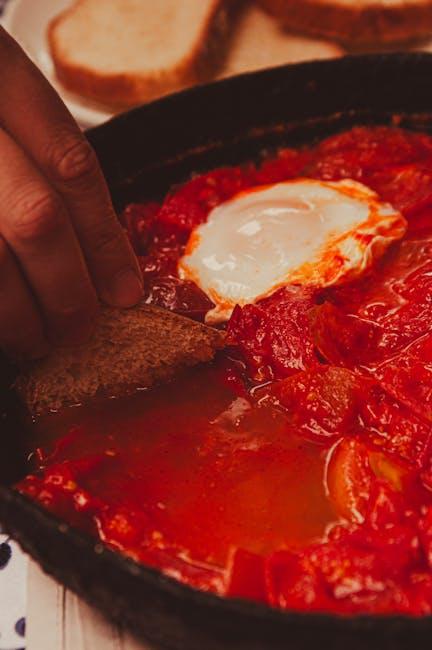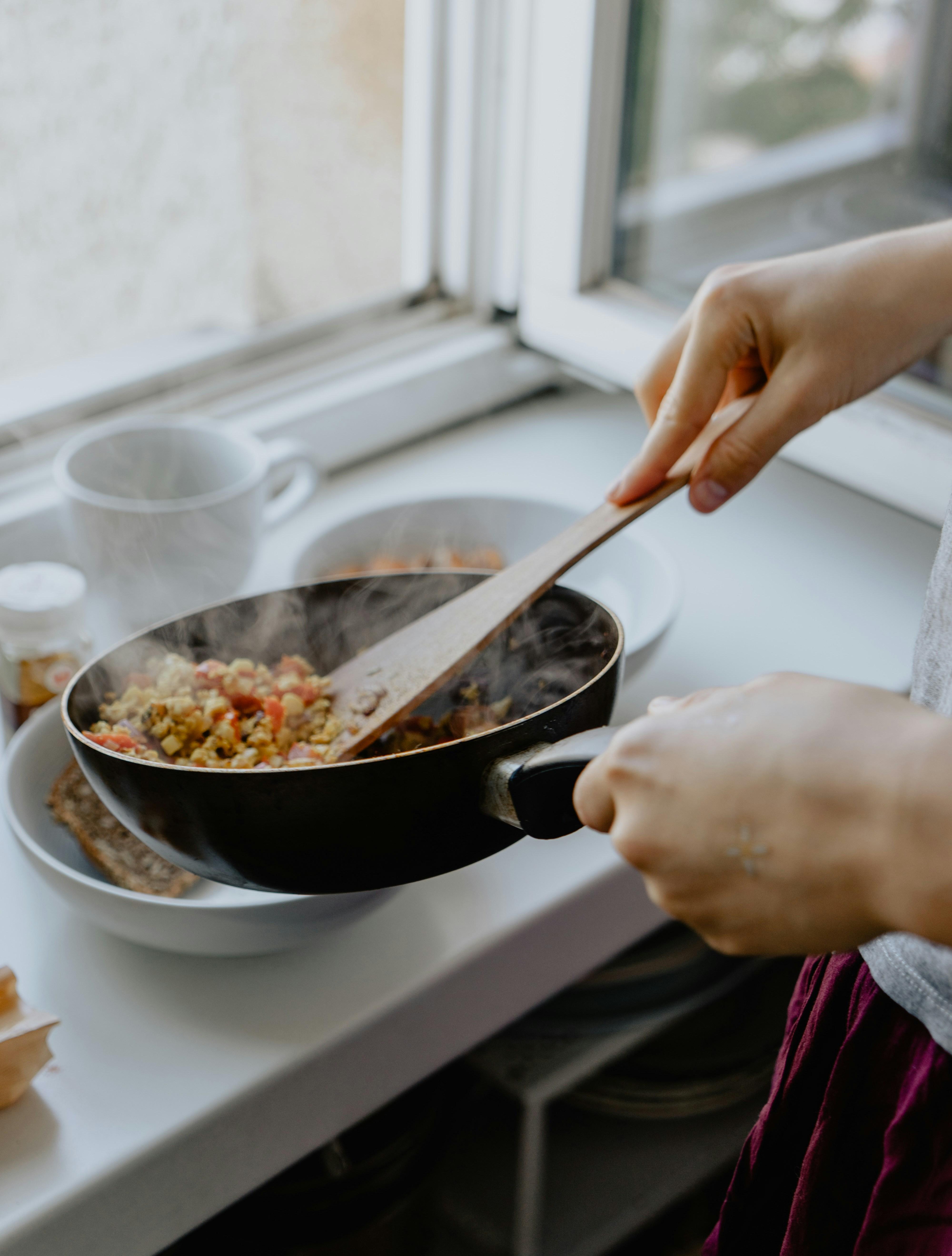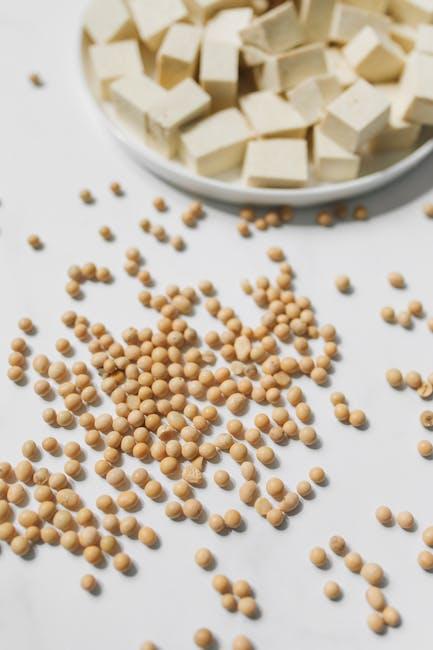In the culinary landscape where flavor and health often find themselves at odds, the art of low-fat cooking emerges as a harmonious bridge, marrying taste with wellness. As we navigate through the complexities of modern diets and nutritional science, the role of low-fat cooking techniques becomes increasingly pivotal in crafting meals that not only satisfy the palate but also nurture the body. This exploration into the world of healthy meal preparation unveils the secrets behind reducing fat without sacrificing the essence of deliciousness, inviting us to rethink our approach to everyday cooking. From sautéing with precision to embracing the natural flavors of fresh ingredients, these techniques offer a roadmap to culinary creativity that aligns with our health goals. Join us as we delve into the transformative power of low-fat cooking, where every meal is a step toward a healthier lifestyle without compromising on taste.
Mastering Flavor Without the Fat
Transforming ordinary meals into culinary masterpieces without relying on fats is an art that requires creativity and an understanding of how flavors work. Low-fat cooking techniques allow you to elevate your dishes by focusing on natural ingredients and alternative methods that enhance taste. For instance, using herbs and spices like rosemary, thyme, and paprika can add depth and richness without adding calories. Another approach is to incorporate acidic elements such as lemon juice or vinegar, which can brighten flavors and add a refreshing twist.
Consider these techniques to keep your meals healthy and delicious:
- Grilling: This method adds a smoky flavor to vegetables and lean proteins, bringing out their natural sweetness.
- Steaming: Retains the nutrients and vibrant colors of vegetables while preserving their crisp texture.
- Roasting: Caramelizes the natural sugars in foods, enhancing their sweetness and complexity.
- Sautéing with broth: Replaces oil with a flavorful broth, reducing fat while adding depth.
By embracing these techniques, you not only cut down on unhealthy fats but also open up a world of flavors that redefine healthy eating.

Exploring the Science of Low-Fat Cooking Techniques
Low-fat cooking techniques play a pivotal role in transforming everyday meals into healthier options without sacrificing flavor. By emphasizing methods such as steaming, grilling, and roasting, these techniques reduce the need for excessive oils and fats, allowing the natural flavors of the ingredients to shine. Incorporating these methods into your meal prep not only supports weight management but also enhances nutrient retention, ensuring that the meals are both delicious and nutritious.
- Steaming: This technique preserves vitamins and minerals, especially in vegetables, by cooking them in their own moisture.
- Grilling: Adds a smoky flavor to meats and vegetables, allowing excess fat to drip away, creating a leaner dish.
- Roasting: Uses dry heat to caramelize natural sugars, intensifying the taste without additional fats.
Transforming Traditional Recipes for a Healthier Lifestyle
Incorporating low-fat cooking techniques into your culinary repertoire can revolutionize the way you approach meal preparation, making traditional recipes more aligned with a healthier lifestyle. By focusing on methods that minimize the use of added fats, you can enjoy the flavors and textures you love without compromising on nutrition. Techniques such as steaming, grilling, and baking offer delicious alternatives to frying, allowing the natural essence of ingredients to shine. Additionally, using non-stick cookware and opting for healthy substitutes like Greek yogurt instead of cream can significantly reduce fat content while enhancing taste.
- Choose lean cuts of meat and trim excess fat.
- Use herbs and spices to boost flavor without added oils.
- Experiment with broiling or poaching to retain nutrients.
- Substitute butter with olive oil or avocado for healthier fats.
These small adjustments not only support a balanced diet but also encourage creativity in the kitchen. By reimagining how you prepare your favorite dishes, you open the door to a world of vibrant, health-conscious meals that are both satisfying and nutritious.

Practical Tips for Effortless Low-Fat Meal Preparation
Mastering low-fat meal preparation begins with selecting the right cooking methods. Opt for techniques like grilling, steaming, or baking to minimize the need for added fats. These methods not only preserve the natural flavors of your ingredients but also maintain their nutritional value. Experiment with using non-stick cookware to reduce the necessity of oils, allowing you to enjoy crispy and delicious dishes without the extra calories.
Incorporating flavorful alternatives can elevate your low-fat meals to a gourmet level. Consider these suggestions:
- Enhance taste with fresh herbs and spices instead of relying on oil-based sauces.
- Use vegetable broth or lemon juice to add moisture and depth to dishes.
- Substitute traditional cream with low-fat yogurt or pureed vegetables for creamy textures.
- Incorporate a variety of colorful vegetables to create visually appealing and nutrient-rich meals.
